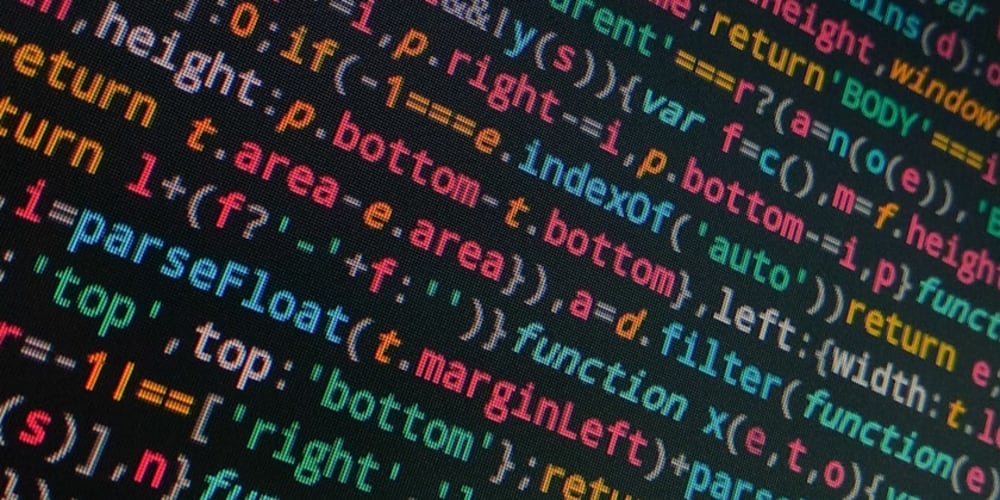This is a Plain English Papers summary of a research paper called Scaling Laws for Data Filtering -- Data Curation cannot be Compute Agnostic. If you like these kinds of analysis, you should subscribe to the AImodels.fyi newsletter or follow me on Twitter.
Overview
- This paper explores how the computational resources required for data filtering tasks scale with the size and complexity of the data.
- The key finding is that data curation cannot be "compute agnostic" - the optimal approaches for filtering data depend on the available computational power.
- The authors propose a framework for analyzing the scaling behavior of data filtering algorithms and validate it through experiments on real-world datasets.
Plain English Explanation
When working with large, complex datasets, the process of "filtering" the data - removing irrelevant or low-quality information - is a crucial step. However, the authors of this paper argue that the best way to filter data depends on the computational resources available.
Unraveling the Mystery of Scaling Laws: Part I and Scaling Laws for Galaxy Images have previously explored scaling laws in machine learning, but this paper focuses specifically on the scaling of data filtering algorithms.
The key insight is that data curation, the process of preparing and cleaning data, cannot be done in a "compute agnostic" way. The optimal approach to filtering data will depend on factors like the size of the dataset, the complexity of the data, and the amount of computational power available.
The authors propose a framework for analyzing how the computational cost of data filtering scales with these factors. They validate this framework through experiments on real-world datasets, showing how the most effective data filtering strategy can change depending on the available computing resources.
Technical Explanation
The paper presents a framework for analyzing the scaling behavior of data filtering algorithms. The authors consider two main factors that impact the computational cost of data filtering:
Dataset Size: As the amount of data increases, the computational cost of filtering the data also grows. The authors analyze how this scaling behavior varies for different filtering algorithms.
Data Complexity: More complex data, such as high-dimensional or structured data, requires more computational effort to filter effectively. The authors explore how the scaling of filtering cost is affected by the complexity of the input data.
Through theoretical analysis and empirical validation on real-world datasets, the paper demonstrates that the optimal data filtering strategy depends on the available computational resources. Algorithms that are effective for small-scale data may become prohibitively expensive as the dataset size or complexity increases.
Scalability of Diffusion-based Text-to-Image Generation and Quantifying and Mitigating Unimodal Biases in Multimodal Large Language Models have discussed the importance of understanding scaling behavior in machine learning systems. This paper extends this line of research to the specific domain of data filtering, showing that data curation cannot be done in a "compute agnostic" way.
Critical Analysis
The paper provides a well-designed framework for analyzing the scaling behavior of data filtering algorithms and validates it through extensive experiments. However, some potential limitations and areas for further research are worth noting:
Generalization to Other Data Domains: The experiments in the paper focused on specific types of data, such as images and text. It would be valuable to explore how the proposed framework applies to other data domains, such as video, audio, or structured tabular data.
Practical Implications: While the theoretical framework is sound, the paper does not provide concrete guidance on how practitioners should choose the most appropriate data filtering algorithm for their specific computational constraints and dataset characteristics. Further research could explore decision-making tools or heuristics to help practitioners navigate this trade-off.
Interaction with Other Machine Learning Components: Data filtering is often just one step in a larger machine learning pipeline. Scaling Up Video Summarization with Pretraining on Large Language Models has discussed the importance of considering the entire system. Future research could investigate how the scaling behavior of data filtering interacts with other components, such as model training or inference.
Overall, this paper makes an important contribution by highlighting the need to consider computational constraints when designing data filtering strategies, rather than treating data curation as a "one-size-fits-all" problem. The insights provided can help guide the development of more efficient and effective machine learning systems.
Conclusion
This paper presents a framework for analyzing the scaling behavior of data filtering algorithms, demonstrating that the optimal approaches for data curation depend on the available computational resources. The key finding is that data filtering cannot be done in a "compute agnostic" way - the best strategy for filtering data will vary based on factors like dataset size and data complexity.
The proposed framework and experimental validation provide valuable insights for the design of machine learning systems, particularly as datasets continue to grow in size and complexity. By understanding the scaling behavior of data filtering algorithms, researchers and practitioners can make more informed choices about how to prepare and curate data for their specific computational constraints and application needs.
If you enjoyed this summary, consider subscribing to the AImodels.fyi newsletter or following me on Twitter for more AI and machine learning content.



















